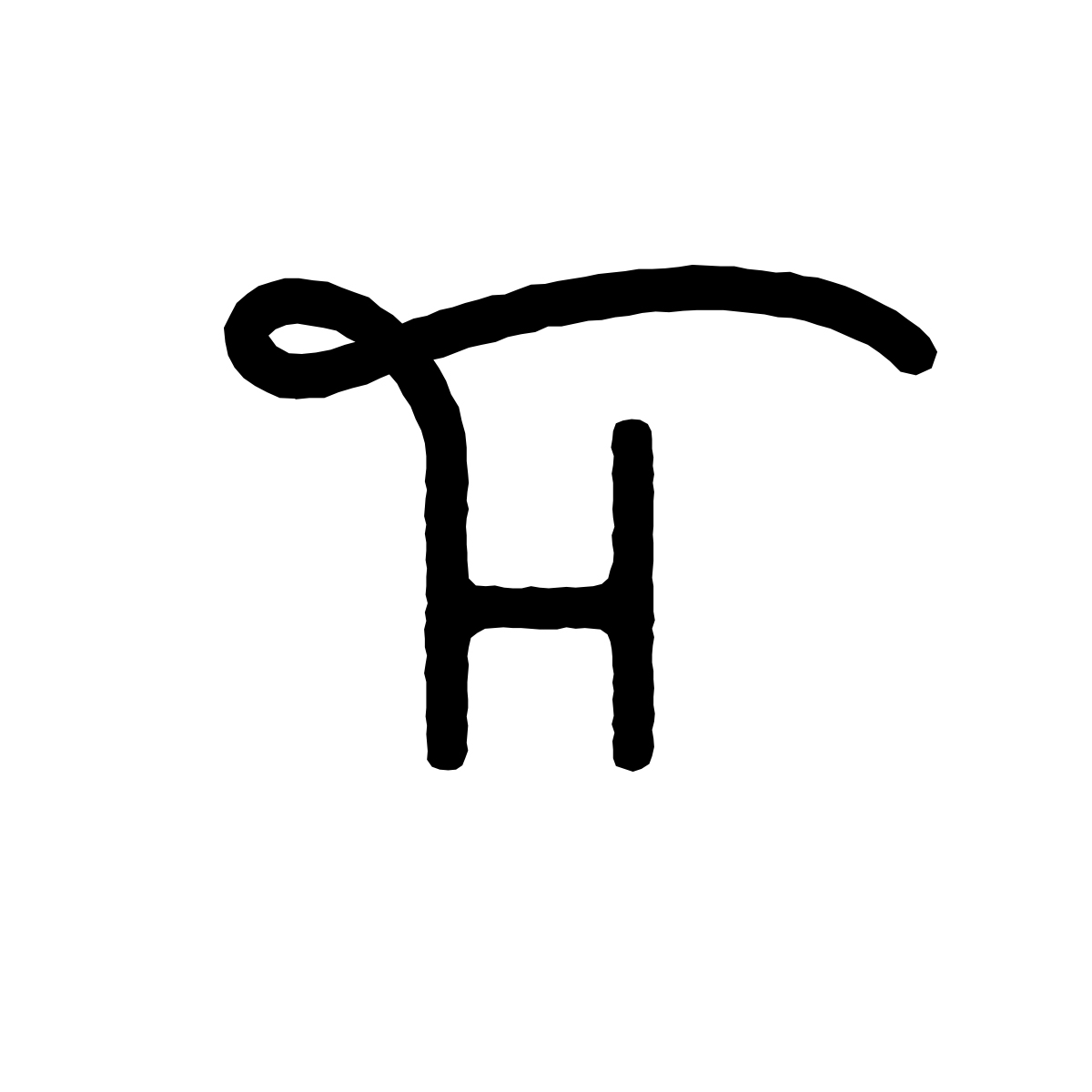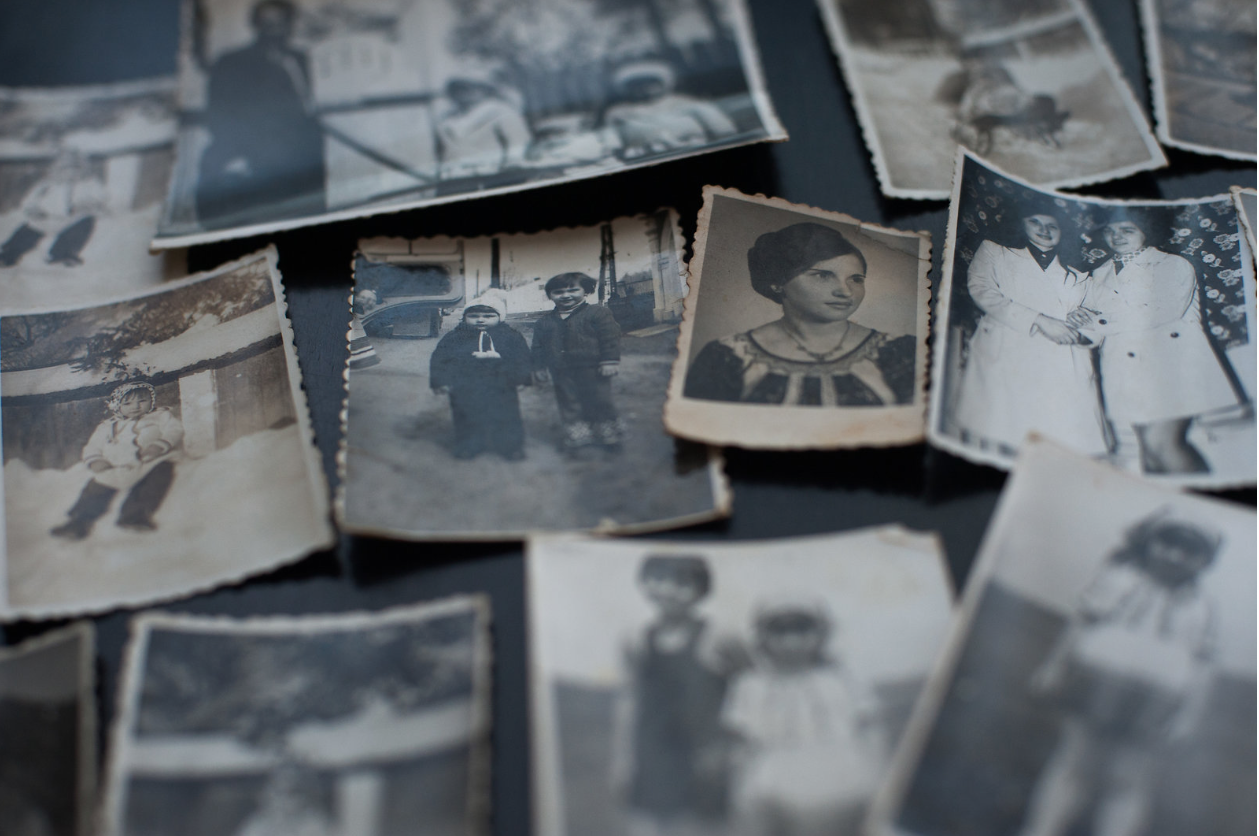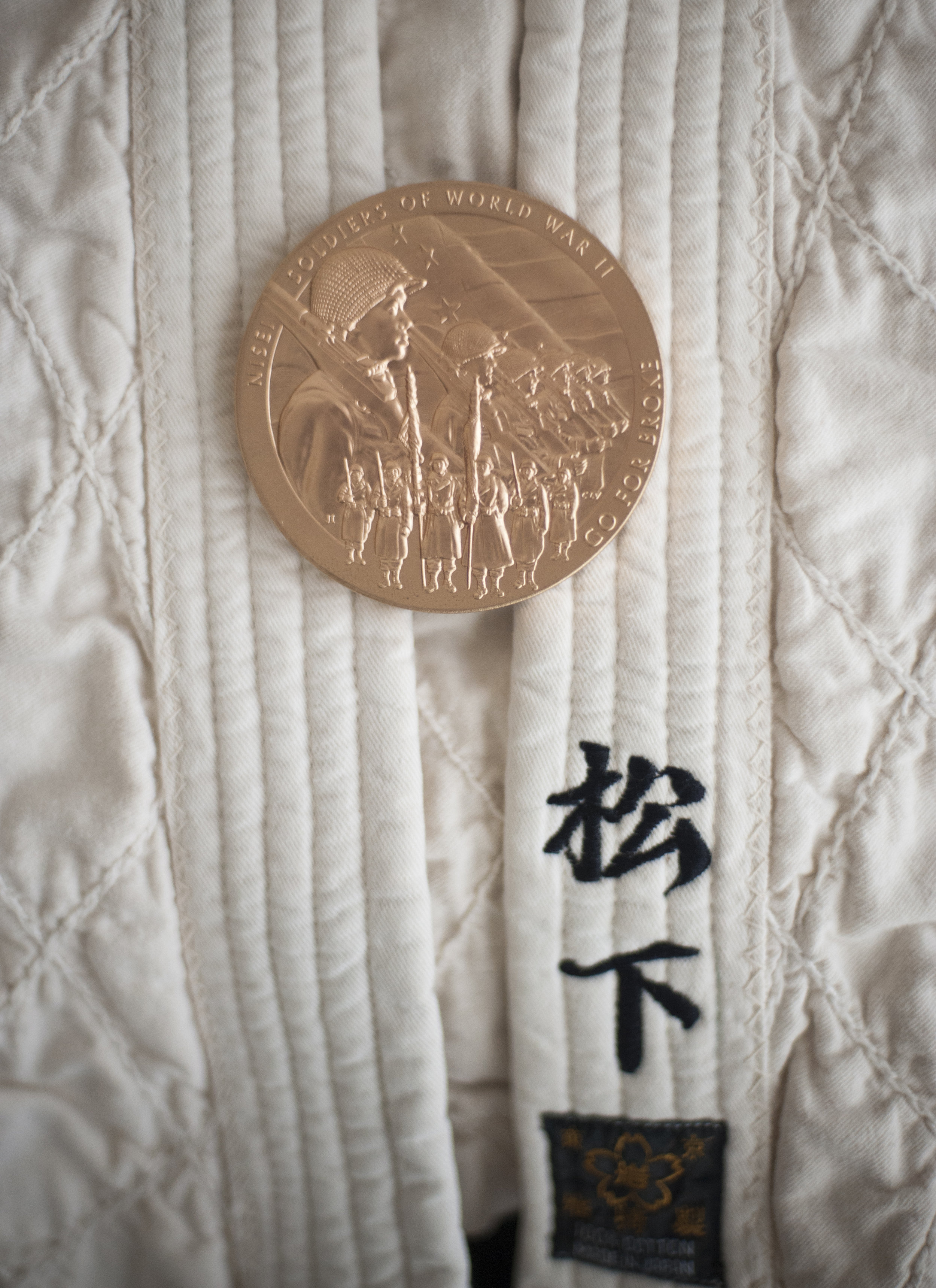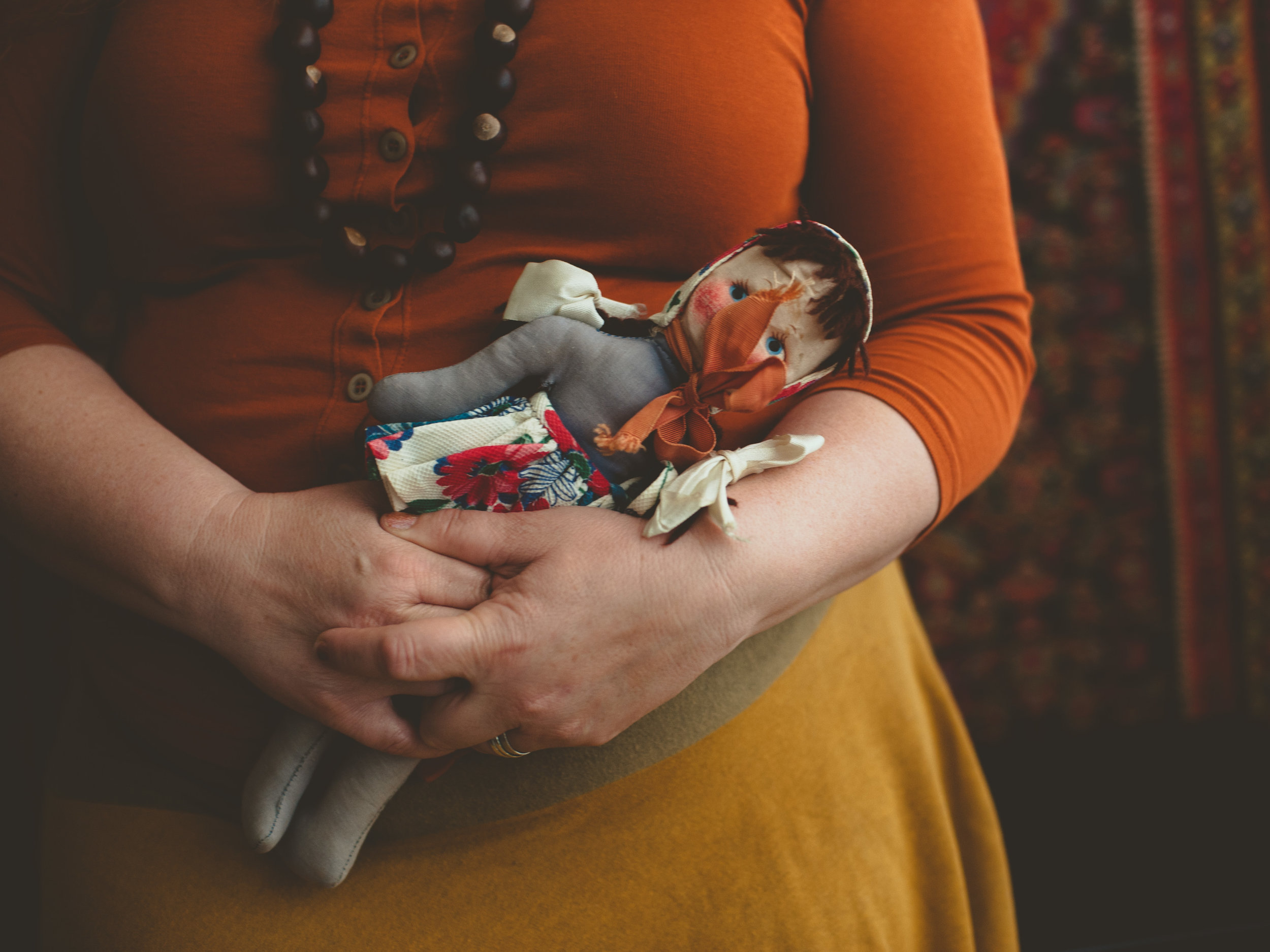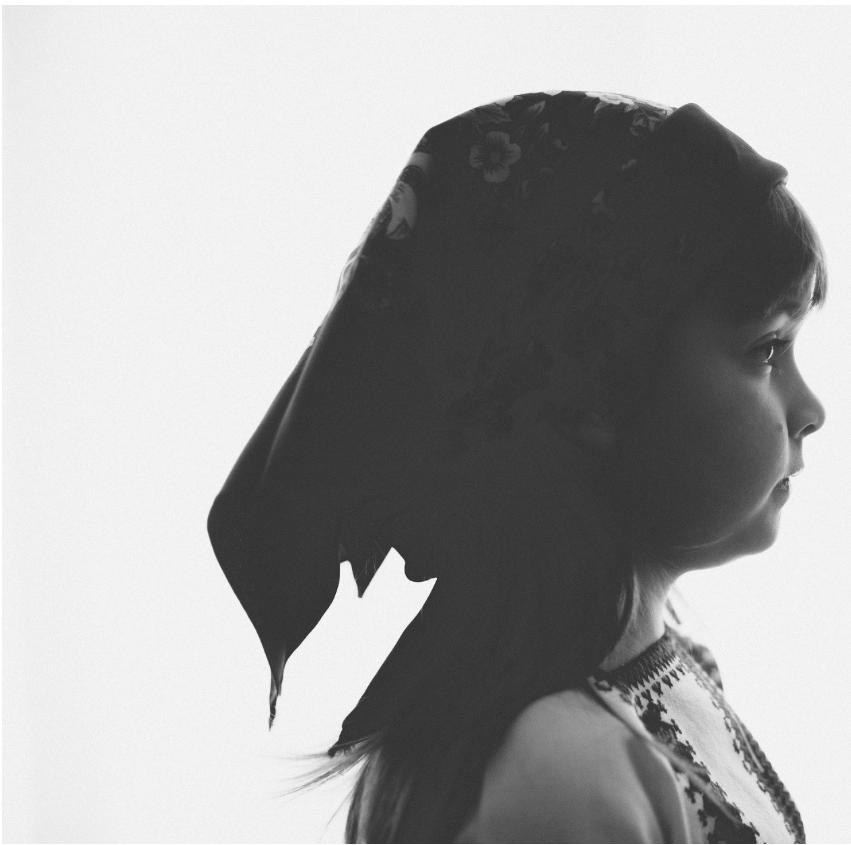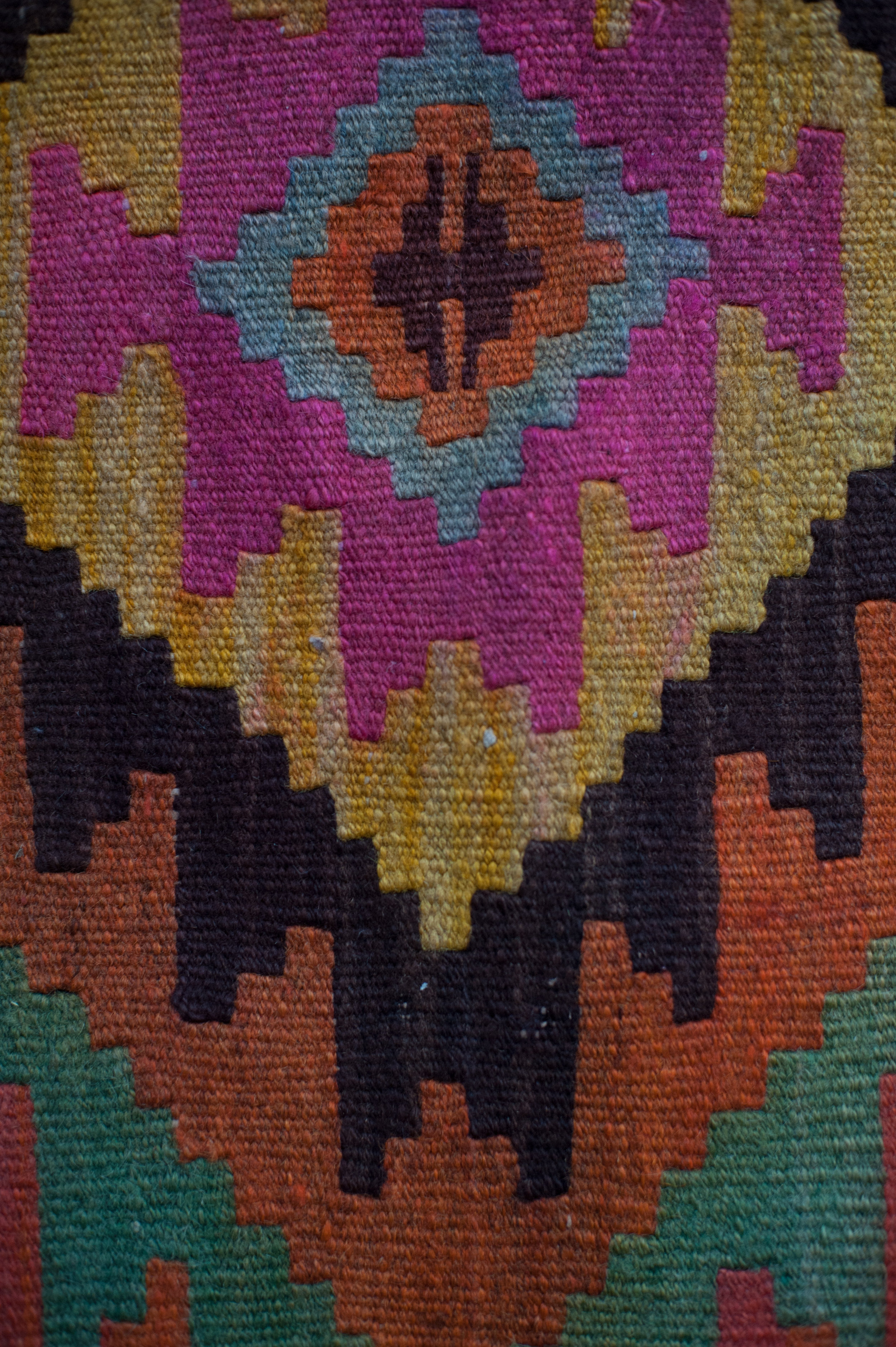Welcome to Project Heirloom
We will post our first family interview and photographs on Friday, June 9, 2017. But first, we wanted to tell you about our project.
If you left your home suddenly and knew you might never come back, what objects would you take with you? What, in that frantic moment when you are required to say good-bye to everything familiar, would you be unwilling to leave behind? What would you be willing to carry across borders and oceans?
Or, if the exit wasn’t so dramatic, if you had the luxury of packing boxes, of sorting and labeling everything you’ve accumulated over months or years, which objects could never be cast aside? In our modern lives, when things are made to be disposable, which objects remain important no matter their usefulness or attractiveness? What stories do these objects tell about us, and the people who came before us?
Heir comes from the word heredity. Loom is a weaving tool. The word originally meant an implement inseparable from the property where it was used, and was destined to be passed down to one’s heirs. The original heirloom didn’t belong to any one person in a family but to everyone, past and future. Over time heirloom came to mean any valuable possession passed down across generations.
What is valuable to us? Is it the lock of hair tied with a ribbon and pressed between the pages of a book? Is it a child’s first lost tooth tucked into a jewelry box? Is it a black-and-white photograph, bent at the corners? Is it a faded shawl? A threadbare blanket? A chipped plate? A patchwork doll? The things we carry over time and space usually have little monetary value. Their worth comes in the form of memories: of childhood, of home, of places and people that no longer exist.
In February 2017, photographer Elaine Melko began making portraits of American families and their children holding the heirlooms they treasured. Writer Frances de Pontes Peebles interviewed the subjects, asking each the same five questions. The parents and children in these portraits currently live in the United States but have roots across the globe: Romania, Poland, Armenia, Iran, Brazil, Japan, and many more countries. Some subjects came to the United States recently. Some have been here for generations. Some came voluntarily. Some had ancestors who were forced here as slaves. Some escaped here. Some were exiled. All carry heirlooms that tell the stories of their ancestors and their journeys.
These photos and interviews will be documented here as Project Heirloom. It will be an ongoing work, with the intention of showing the beauty and complexity of our country, and an attempt to trace the journeys—whether recent or long past—that brought us here and made us all Americans.
